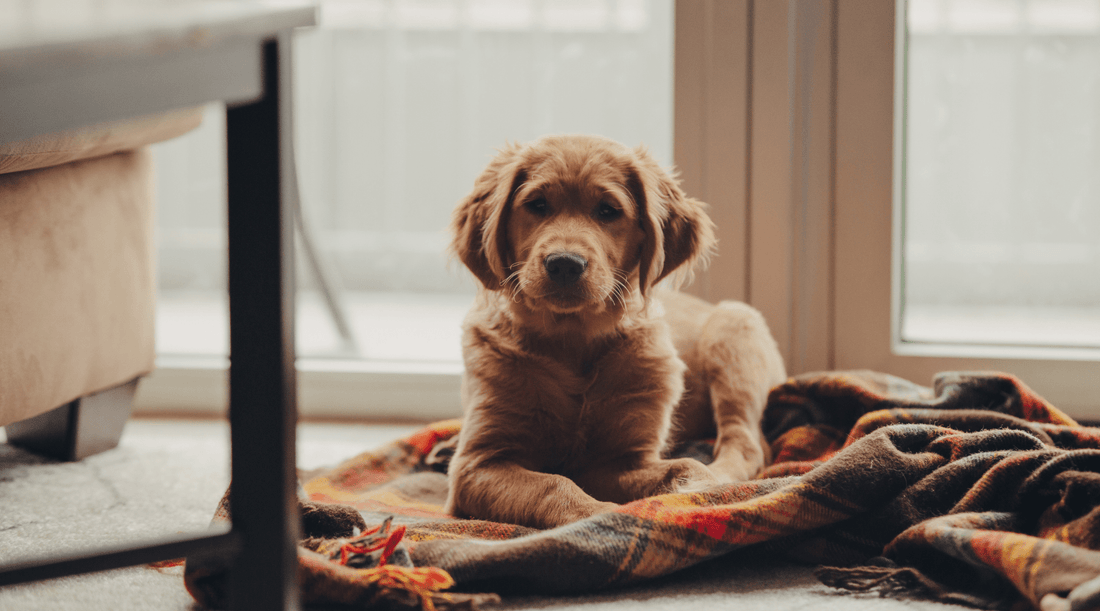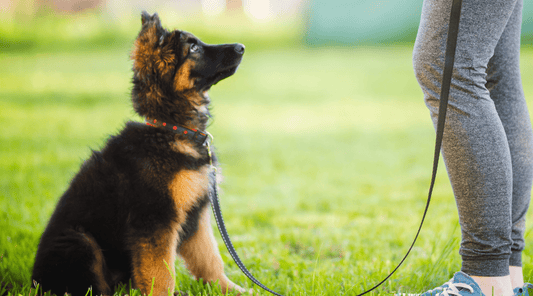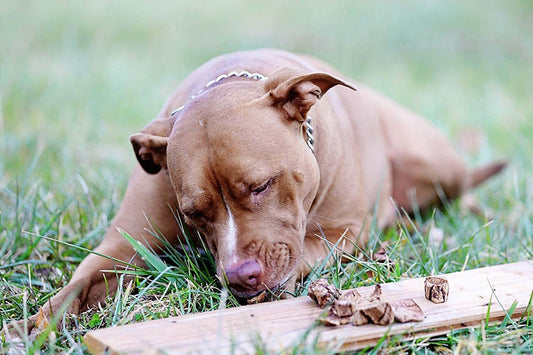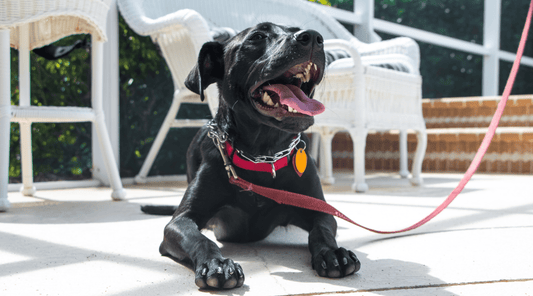
New Puppy Checklist: 9 Puppy Essentials Before You Bring Them Home
Dawn Miller Apr 18, 20255 Minute ReadPuppies seem all cuteness and cuddles at first. But as my neighbor recently found out, they can be tiny terrors. You're essentially inviting the terrible twos, dog edition, into your home if you're not prepared for puppy parenthood.
What if a new puppy checklist existed to save you the trouble and let you get back to enjoying the fun of adopting a little one? I created this list after something that recently happened to my friend Cheryl.
She got her new Golden Retriever, Apple, last week. And she was practically bouncing with excitement—both of them were.
But it didn’t take long for Cheryl to realize that adorable fur balls come with a list of needs longer than her grocery list.
So, I made her a little checklist to help her get things under control. And if you’re bringing home a new puppy soon, you’re going to want this list, too.
New Puppy Checklist: What Do Puppies Need
Bringing a puppy home is a lot like preparing for a tiny, furry tornado. They’re full of energy, curiosity, and that special talent for chewing anything and everything.
Before we begin, I want to be clear, this isn't a checklist of puppy essentials to buy...okay, there is some of that.
But this new puppy checklist is also about things to do early to help your puppy become a well-adjusted member of your family.
1. A Crate
Every puppy needs to learn about "the crate" early, and I don't mean that in an ominous way.
Crates make trips to the vet and potty training 10X easier. Introduce the crate as if it's their own personal dog's den, and you'll win at crate training.
Dogs instinctively feel safe and comfortable in a confined space—when you present it to them as a tiny home and not a trap.
Your dog crate should be big enough that your puppy can turn around easily. But not so big that they can designate a corner as a potty spot.
If you want to buy a crate your dog can grow into, consider getting crate dividers to limit their movement as they grow into their new den. These dividers on Amazon look sturdy and get good reviews.
A good dog crate can cost between $50 and $250, and the cost is not necessarily tied to dog size. Sometimes, gently used crates are available for pickup on places like Facebook Marketplace and Nextdoor.
This reinforced crate is in the higher price range and is perfect for stronger, more aggressive breeds.
Then, there's this 42" crate for a lower price point.
2. Bedding
It's critical that you make the crate feel inviting. You can just use some old blankets or towels if you don't want to spend money here. Just make sure they're easy to throw in the machine.
If you want their crate to look more put-together, consider a crate-sized dog mattress like these.
3. Food and Water Bowls
Stainless steel bowls are easy to clean and on the heavy side, so they're harder for rambunctious puppies to tip over. Here’s a great set on Amazon.
4. Puppy Food
Puppy food is a little more expensive than adult food for a reason. It has more protein and essential nutrients that growing dogs need to build structurally sound bones, joints, and muscles.
Puppy food sets dogs up for long-term dog health from the start in a way that adult food would not.
5. Puppy Socialization
Think of socialization like teaching a child how to act to stay safe and avoid hurting others. It can include teaching them to:
- Approach visitors calmly instead of jumping on them
- Play gently with children
- Only chew on puppy-approved toys and dog bones
- Accept paw, mouth, and ear inspection to prepare them for vet visits
- Interact with other dogs and service technicians
- Feel safe enough that they don't need to bark at every little sound
- Stay at home alone without trashing the place
- Potty outside
These are learned behaviors. Like a good parent, you teach these social skills to your puppy so they can become a well-adjusted adult.
6. Training Treats
Socialization and puppy training is vital to their long-term success in a home. And the best way to teach them about socially acceptable behaviors is with dog treats.
Puppies are smart and eager to learn about how the world works. High value dog treats speak their language. They quickly learn that calm, gentle behaviors and following dog commands = rewards.
Peeing on the carpet or destroying your new running shoes does not.
High-protein, single-ingredient treats are gold for training. Something like K9 Connoisseur’s beef lung bites is perfect—nutritious, tasty, and easily digestible.
7. Chew Toys and Bones
Puppies have an urge to chew, which can lead to destructive chewing and a lot of frustration for the dog parent.
But it's really just instinct.
Give them appropriate outlets like dog bones, bully sticks, or durable rubber toys. Leave toys out all the time so they choose to chew on them instead of the coffee table leg.
I like to keep a few K9 Connoisseur marrow bones around for those extra chew-crazy days.
Puppies can have dog bones and trachea chews as soon as their adult teeth come in, usually around 6 months.
Believe me. They're still a puppy at 6 months. Before then, stick with something that's not so hard on teeth like roasted organ meat treats.
8. Leash, Collar, and ID Tags
Puppies are naturally curious. An open door even for a second means see ya.
A loose board in the fence—I'm outa of here.
It's never too early to put a collar on your puppy so at the very least. Someone who finds them will know they're loved.
ID tags with your address are inexpensive and can save you and any children in your home a lot of heartache.
You'll also need a 4-6 foot leash so you can begin training them to walk with you like a civilized dog instead of trying to drag you like a snow sled.
9. Basic Commands
Puppyhood is the best time to teach puppies commands that they'll remember for a lifetime. Don't think of commands as ways to control your dog. Rather, commands help you communicate with them.
Puppies want to please their social group (you and your family), but they don't automatically know how. Teaching them basic puppy training commands speaks in a way they understand and can take a lot of stress and frustration out of their life, reducing destructive behaviors.
Essential commands like these are game-changers for the parent-puppy relationship:
- Sit, when they need to be gentle and polite
- Stay, when they need to wait for your instructions
- Leave it, when they start to chase, follow, sniff, etc., something that could cause harm
- Come, so they don't think run-and-catch the puppy is their new favorite game
- Go Potty, so they learn where it's okay to go
- Go to crate, for crate training
As they get older you'll want to teach them "let's go" for smooth walks and if you have big dog, "load up" to jump into the car. Having a juicy dog bone in the seat waiting for them sure does help with this one.
Dog experts believe dogs can learn around 120 distinct commands. So, I'm only scratching the surface. See what your puppy is capable of by signing up for the 7-Day Dog Training Challenge.
Available On:


Disclosure: This article may contain affiliate links, which means we may earn a small commission if you make a purchase through these links—at no extra cost to you. We only recommend products we trust and believe will benefit you and your K9.



